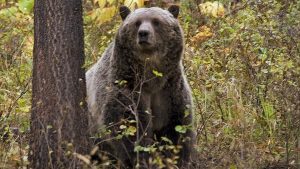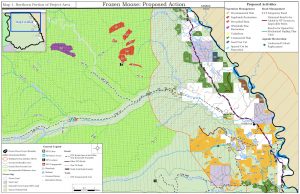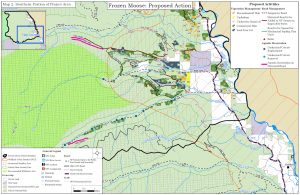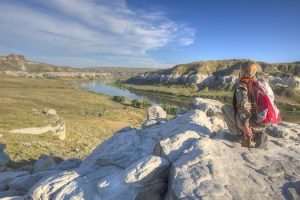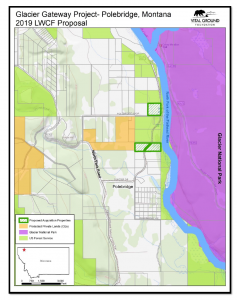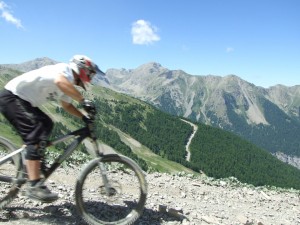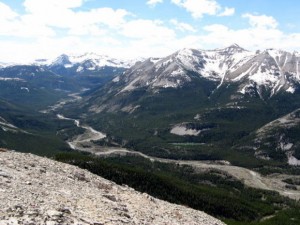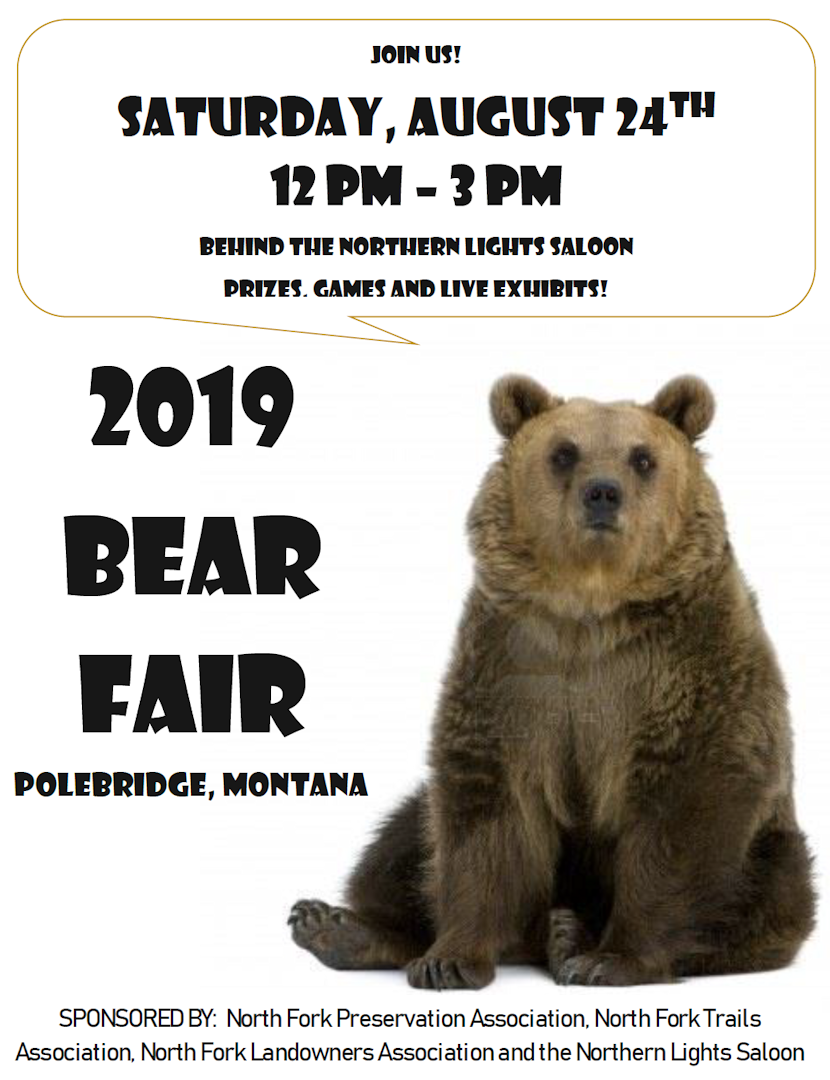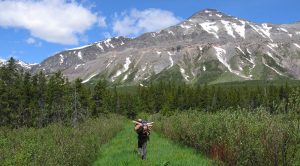
Kurt Steele, Chip Weber’s replacement as forest supervisor takes over in mid-February.
From the press release . . .
Kurt Steele has been named forest supervisor for Flathead National Forest. He’s expected to begin work in mid-February. Steele has been the deputy forest supervisor for the Nez-Perce Clearwater National Forests for the past three years.
“I am very pleased to welcome Kurt to the Flathead National Forest,” said Regional Forester Leanne Marten. “Kurt is a proven leader who welcomes new voices and diverse perspectives, and has dedicated his career to public service.”
In addition to his current service as deputy forest supervisor, Steele has completed three recent temporary forest supervisor assignments on the Nez Perce-Clearwater National Forest in Idaho, the Bitterroot National Forest in Montana, and the Midewin National Tallgrass Prairie in Illinois. Prior to his current position on the Nez Perce-Clearwater, Steele served as a district ranger on the Superior National Forest in Minnesota.
“I am tremendously honored to serve the public and forest employees as Flathead National Forest’s new supervisor,” said Steele. “I look forward to engaging with our partners, local businesses, and surrounding communities as we write the forest’s next chapter together. The Flathead Valley is an incredibly special place, and my family and I are excited about the opportunity to be able to settle in here and raise our family in this welcoming, community-oriented area.”
Continue reading Flathead National Forest announces new forest supervisor
